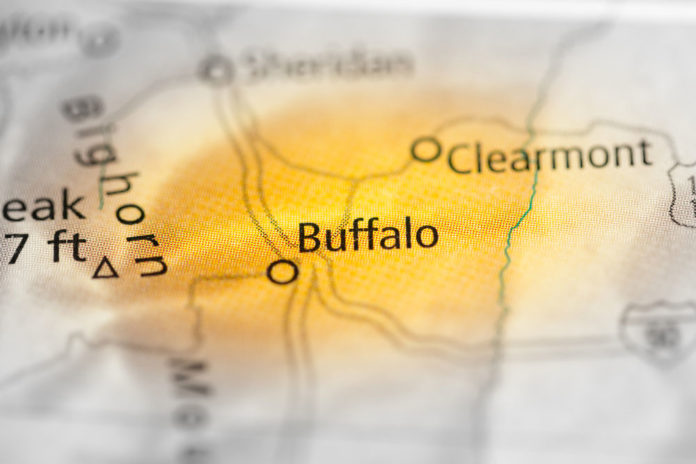Wyoming government officials convened in Buffalo this month to discuss methods to improve addiction treatment efforts across the state.
The state Legislature’s Joint Labor, Health and Social Services Committee was joined by medical professionals specialized in mental health and substance abuse treatment, who provided testimony on the effectiveness of specific programs geared to battle Wyoming’s opioid crisis.
According to the Centers for Disease Control and Prevention, there were nearly 100 drug overdose deaths in Wyoming in 2016. The National Institute on Drug Abuse corroborates this data, noting that half of them were related to opioid use.
A 2018 survey from the Wyoming Service and Analysis Center, entitled ‘Telling the Story of Prescription Opioid Use in Wyoming’, compared various state trends to national trends between 2003 and 2017.
Not only did drug use in the state among all age groups remained comparable to that around the country, prescription opioids took a larger toll on the state’s demographic. Middle and high school students of African American or Native American descent reported the highest percentage of prescription opioid misuse for their age group.
Of particular note was the amount of opioid prescriptions issued by state physicians. Doctors in Johnson County, where Buffalo is located, prescribed a relatively low percentage of opioid prescriptions — whereas Hot Springs and Uinta Counties prescribed the most between 2014 and 2016.
Since 2013 the prescribing rate in Wyoming has been declining — 2017 saw a near 70 percent prescribing rate compared to a peak of nearly 82 percent in 2013. Despite this overall decrease, Wyoming still hovered about the national average.
Representatives from the American Medical Association (AMA) released a report in May that detailed how that the national opioid painkiller prescribing rate has declined more than 20 percent from 2013 to 2017. AMA representatives attributed how numerous states have been mandating their physicians to consult Prescription Drug Monitoring Programs as a probable reason for the decrease in opioid prescriptions.
The authors of the report also noted that lawmakers should enact policy revisions to remove barriers to addiction treatment services.
Many medical professionals in attendance at the Buffalo meeting were concerned about limited treatment access in rural communities across the state, particularly for patients with co-occurring mental health and substance use disorders.
Part of the problem lies in the recruitment of mental health providers to service those areas. While the process to obtain a Wyoming mental health license for providers currently licensed in another state is becoming simplified, medical professionals noted there aren’t many incentives for providers to want to move to those areas. One approach proposed during the event was a medical loan repayment plan. However, the funding fell through the last time the state attempted a similar measure.
Additional topics discussed at the meeting included the correlation of substance use and recidivism, state budget funding for addiction treatment and mental health services and Wyoming’s Department of Health (WDH) Title 25.
Focused on mental health crisis support, Title 25 allows for individuals at risk of harming themselves or others to be emergently detained in a hospital or other medical facility. Patients may also be connected to outpatient services, depending on the circumstances.
After hearing all the medical providers’ testimonies, the committee agreed that better collaboration between treatment facilities, WDH and elected government officials is needed.
The committee will reconvene for another meeting in October to deliberate further.

















